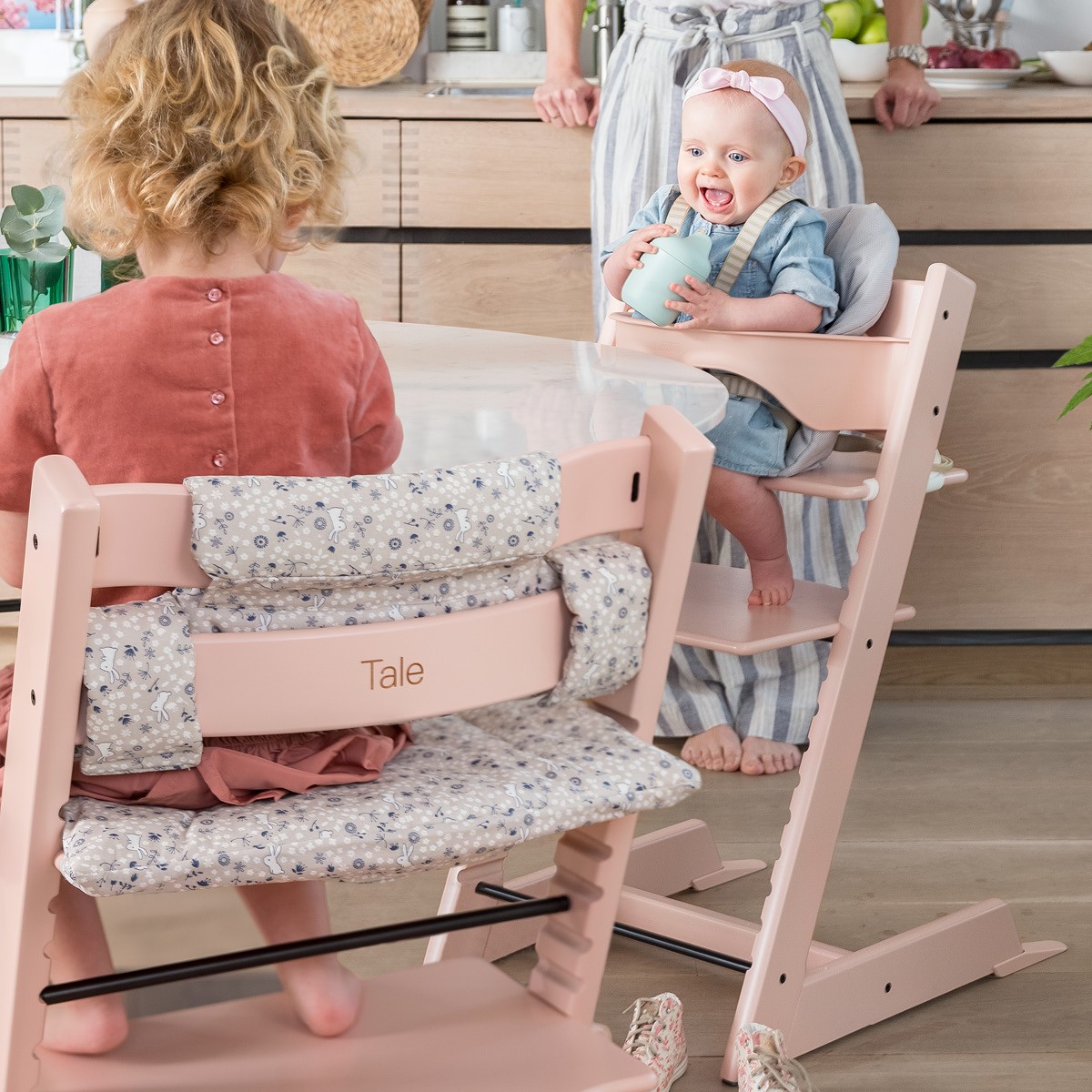 Research from leading Scandinavian nursery brand Stokke recently found that just half of us typically enjoy family mealtimes at the dinner table, Charlotte Stirling-Reed, a specialist in child nutrition working to help families create healthier and happier mealtimes, reveals the bad habits that we are teaching our children at mealtimes and how to do things right.
Research from leading Scandinavian nursery brand Stokke recently found that just half of us typically enjoy family mealtimes at the dinner table, Charlotte Stirling-Reed, a specialist in child nutrition working to help families create healthier and happier mealtimes, reveals the bad habits that we are teaching our children at mealtimes and how to do things right.
1. Not eating together is the biggest bad habit. Aiming to sit and eat together whenever possible is the first step to healthy, happy mealtimes. Children learn the skills of eating, socialising and even what foods they enjoy by first copying others. So even if it’s just you and your baby or child, having you as a part of their mealtime makes a huge different to how they enjoy their food and makes dinner part of a routine.
2. Choosing unhealthy food for yourself means your children will soon pick up on that and want the same. It’s important that your child has an opportunity to see you eating and enjoying a healthy diet. Role models have a massive influence on baby and toddler eating habits. Lead by example.
3. Setting too many mealtime rules can end up making mealtimes less enjoyable for everyone. Instead, stick to rules that matter to you and avoid too much pressure for children to finish their meal. Keep mealtimes light and enjoyable to help children want to be a part of them.
4. Making separate meals or even multiple meals for a single child at dinnertime, only to have each and every one rejected isn’t good for your child, for your sanity. To avoid allowing dinnertime to become a dreaded battle, offer a choice between two healthy options. For example, do you want Weetabix or porridge? This way, you’re allowing them some independence whilst still being in control of they food they’re eating. Alternatively, try and have one option that everyone eats. It’s good for you and your children to eat the same meals, and see you eating similar foods to encourage them to eat a wide variety themselves.
5. Offering too many alternatives only teaches children that they can control the food they eat, and as soon as they understand this they will exploit it to the maximum.
6. Giving all your attention to the fussy eater simply encourages the behaviour. Instead, give your attention and praise to the people around the table who are eating well and enjoying their food. It might not work straight away, but your child will finally realise that they get more attention at dinner from eating well than from being fussy.
7. Avoid trying to force or coax your child into eating – this can establish a negative relationship with food, and can also be dangerous. Young children are actually excellent at knowing when they are hungry and when they are full. If we override these signals, they are likely to have less understanding of their appetite as they grow older.
8.Using distractions according to the Stokke research , over two thirds of parents use distractions such as televisions, toys or phones to get their children to eat something. However, this simply teaches your children that food is bad or unimportant. Even if distractions might make feeding slightly easier in that moment, using them tells children that eating is something we need to "be over and done with" as quickly as possible. Often, this also sets yourself up for difficulties in the future as your child experiences eating in new situations, for instance at friend’s house or at nursery/school. If you want your child to grow up to love their food, you need to show them that the delicious and varied foods you eat at home are worth attention and time.
9. Offering the same foods every week – boredom is one of the biggest reasons for children going off food and acting up at the dinner table. By offering a choice of foods, not only are you exposing your children to a variety of tastes, flavours and nutrients, but you’re also preventing them getting fed up. This is definitely easier said than done, so try making some bulk meals at the weekend and then tapping into them during the week. Menu plans can really work for some families too.
Scandinavian designer, Peter Opsvik created the Stokke Tripp Trapp, the hugely popular, iconic high chair that grows with your child as they get older and brings them closer to the table. Stokke is the leading baby brand in Scandinavia whose ethos is to nurture family bonding, having your baby closer to you and the importance of eye contact. The iconic Tripp Trapp highchair was their first ever product to launch in 1972 and has since sold more than 11 million worldwide.
